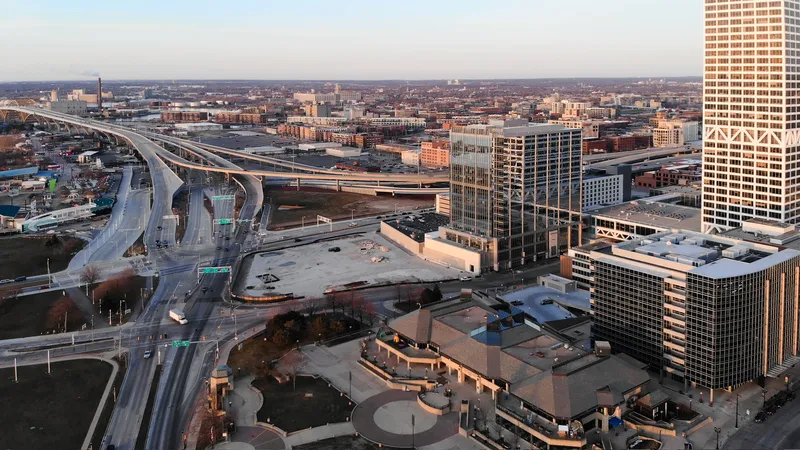If you are having a Christmas break, enjoy it: ITS International news is back on 28 December
By Adam Hill
December 24, 2020
Read time: 1 min










